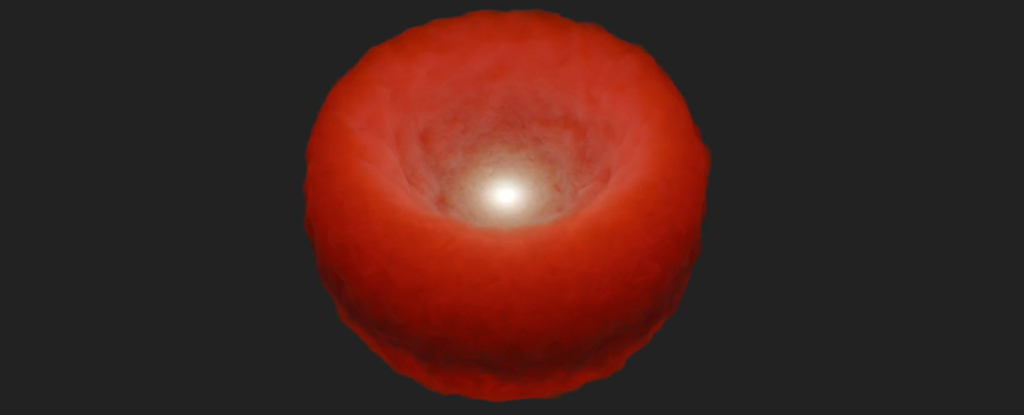
By some reckoning, as few as 15 percent of supermassive black holes are hidden behind dust clouds.

Scientists have found in lab experiments that microplastics can block blood flow in mice brains, raising concerns about human health impacts.
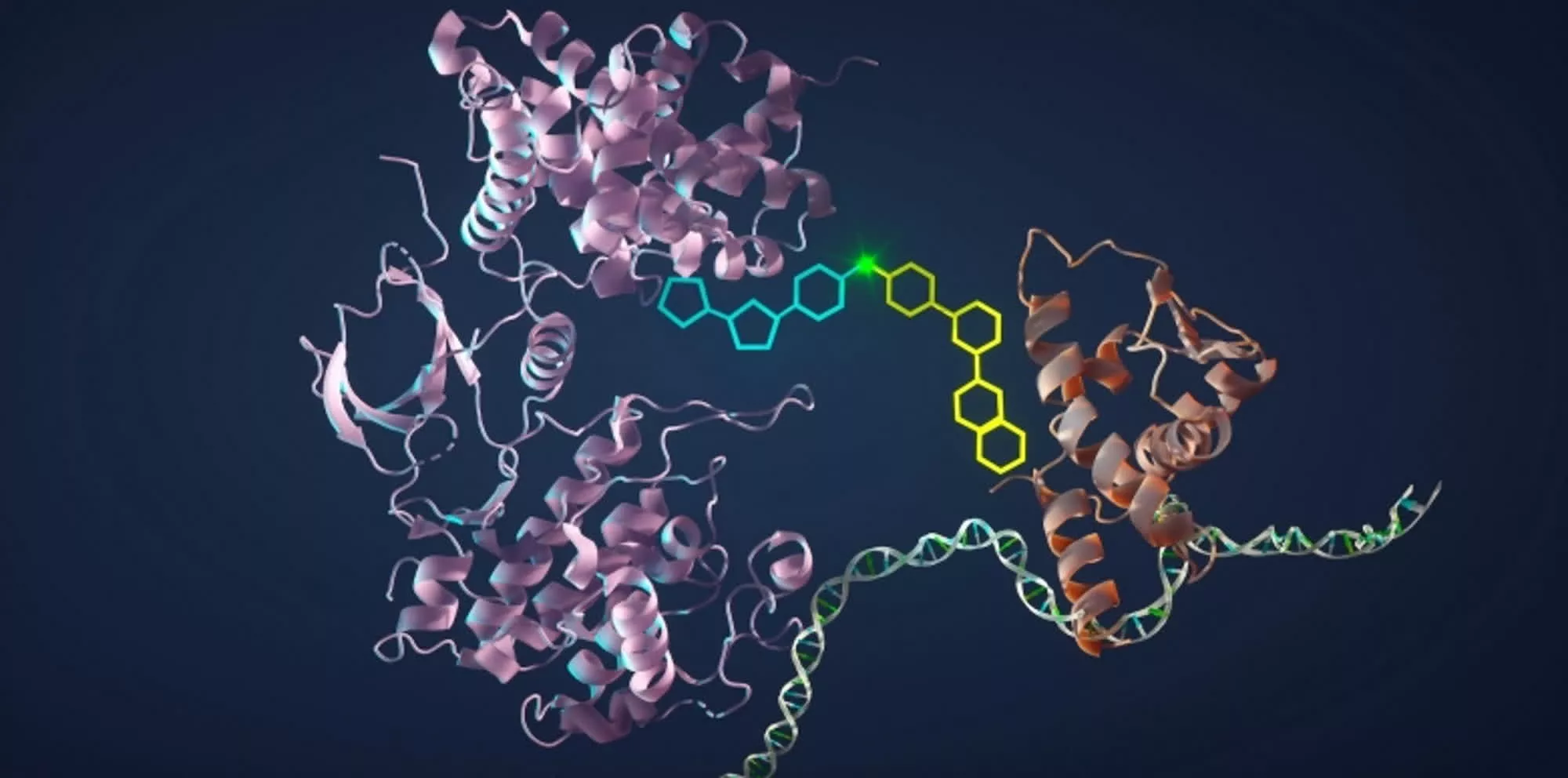
A team of AI researchers, biologists and evolutionary specialists have designed and built an AI model capable of generating the code to synthesize novel proteins.

During a flyby of Jupiter’s moon Io on December 27, 2024, NASA’s Juno spacecraft discovered an astonishing volcanic hotspot in the moon’s southern hemisphere.

Iconic Doomsday Clock moves one second closer to midnight as global existential threats rage. Clock factors include nuclear weapons, climate crisis, artificial intelligence, infectious diseases, and conflicts in Ukraine and the Middle East.
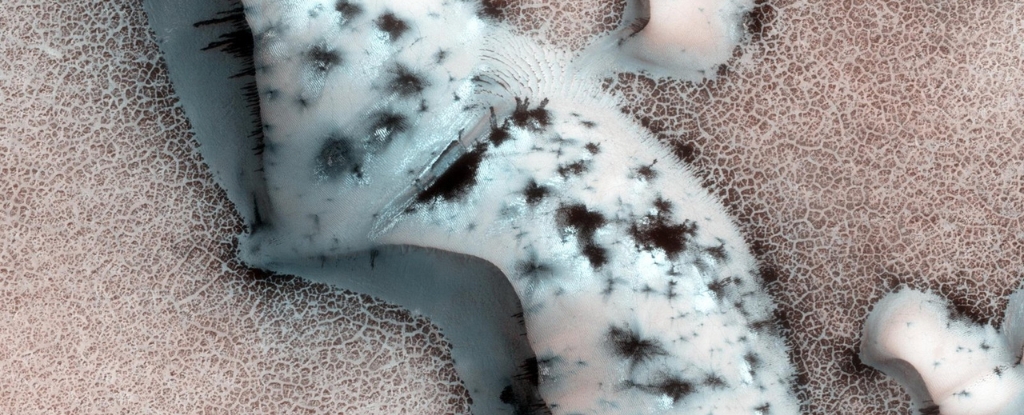
Though it's a cold, dead planet, Mars still has its own natural beauty about it. This image shows us something we'll never see on Earth - Martian CO2 geysers.
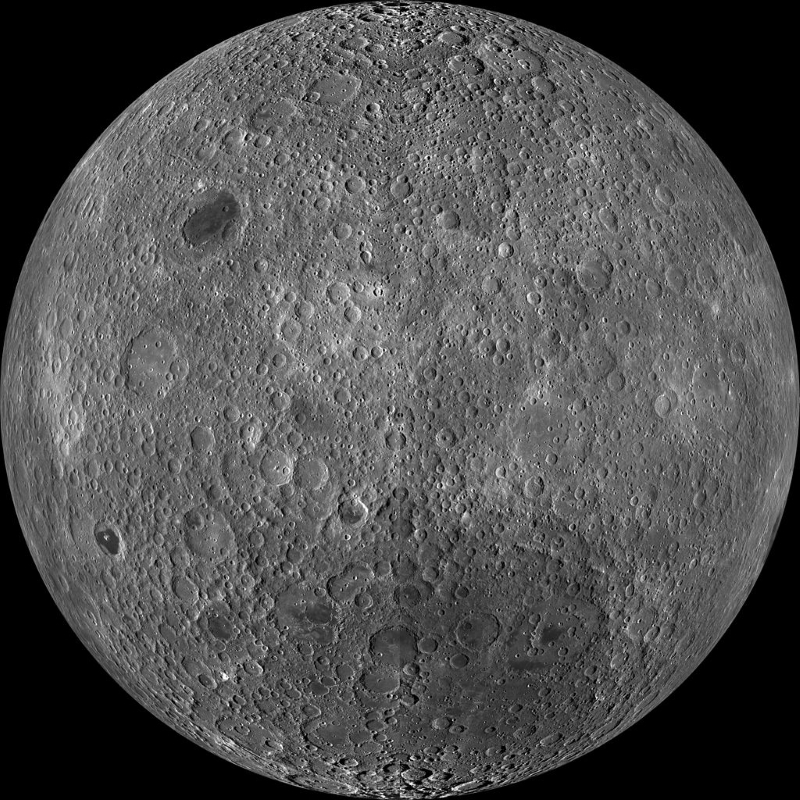
Recently scientists found 266 lunar ridges on the far side: evidence the Moon has been active within the past 200 million years and might still be active today.
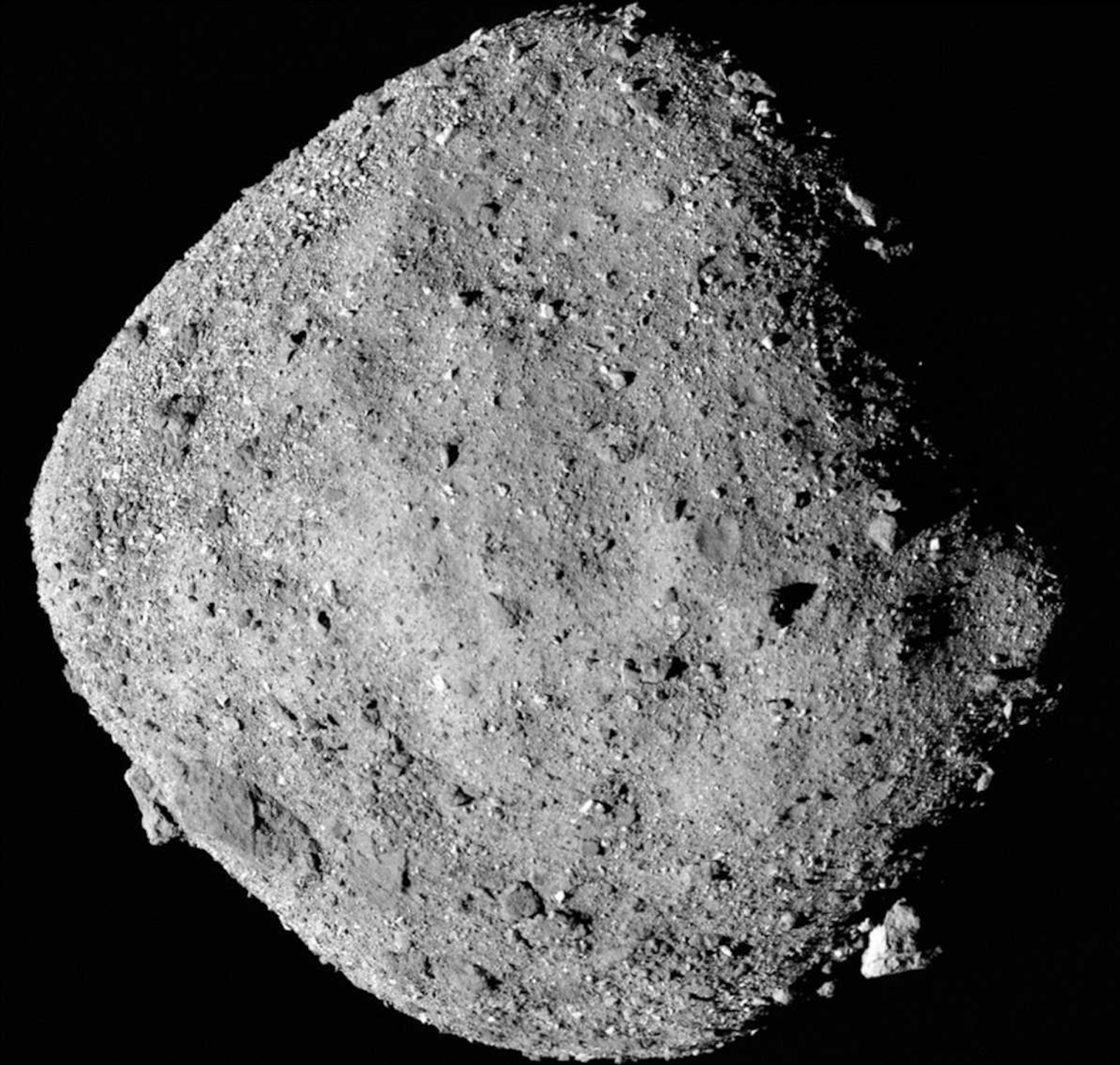
New findings reveal that a NASA mission traveled to an asteroid that may have once been covered in salty lakes containing organic molecules.
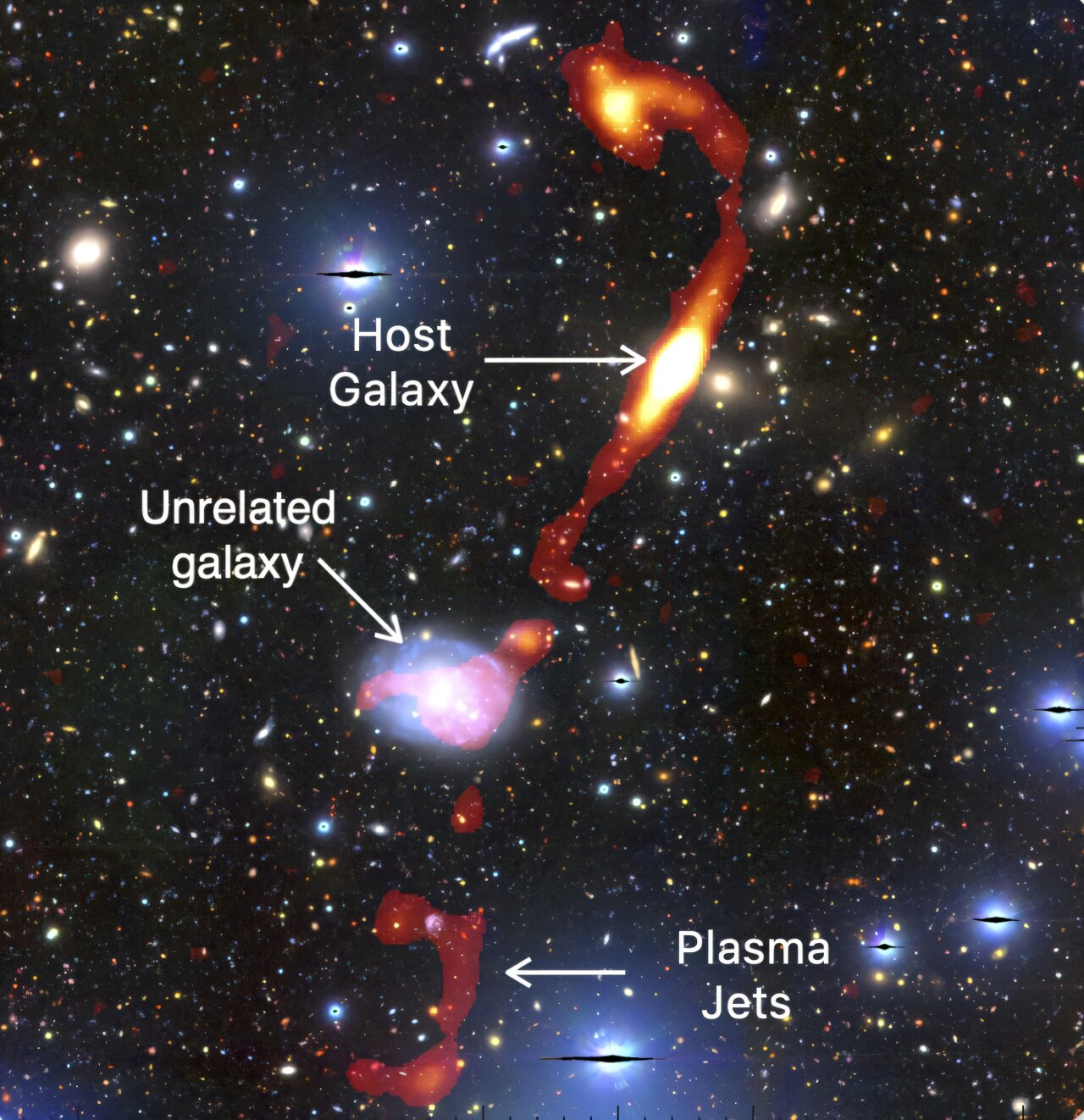
Astronomers have discovered an extraordinary new giant radio galaxy with plasma jets 32 times the size of our Milky Way.

The team warns that if this trend continues, in only the next 20 years, we will exceed the sea surface temperature rise we've experienced in the last 40 years.
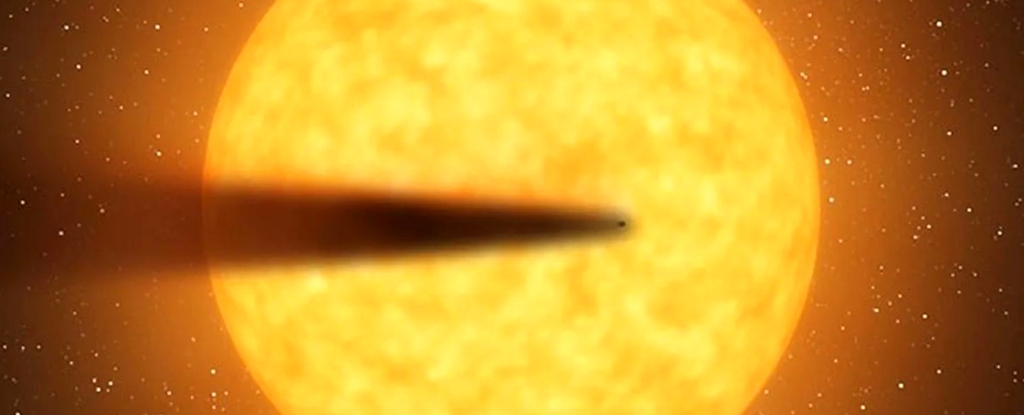
Astronomers have found two planets around two separate stars that are succumbing to their stars' intense heat. Both are disintegrating before our telescopic eyes, leaving trails of debris similar to a comet's.
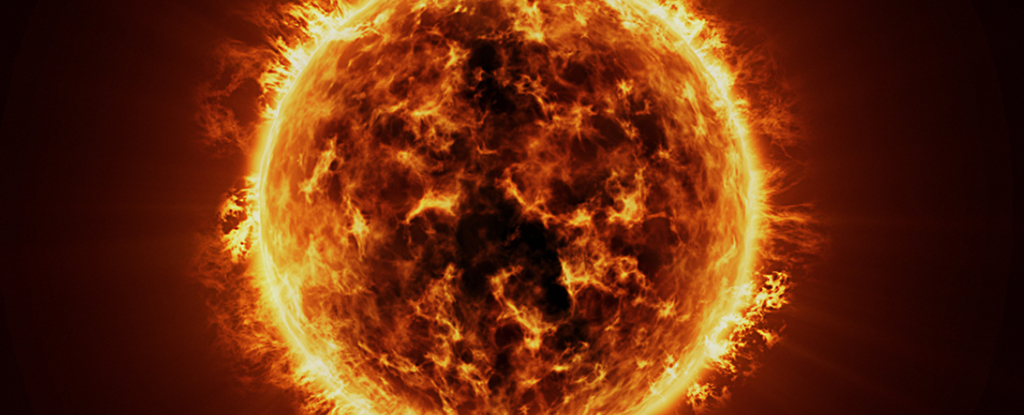
The team behind the Experimental Advanced Superconducting Tokamak (EAST) in China kept their fusion drive running for more than 1,000 seconds for the first time – lasting for 1,066 seconds (almost 18 minutes) to be exact.
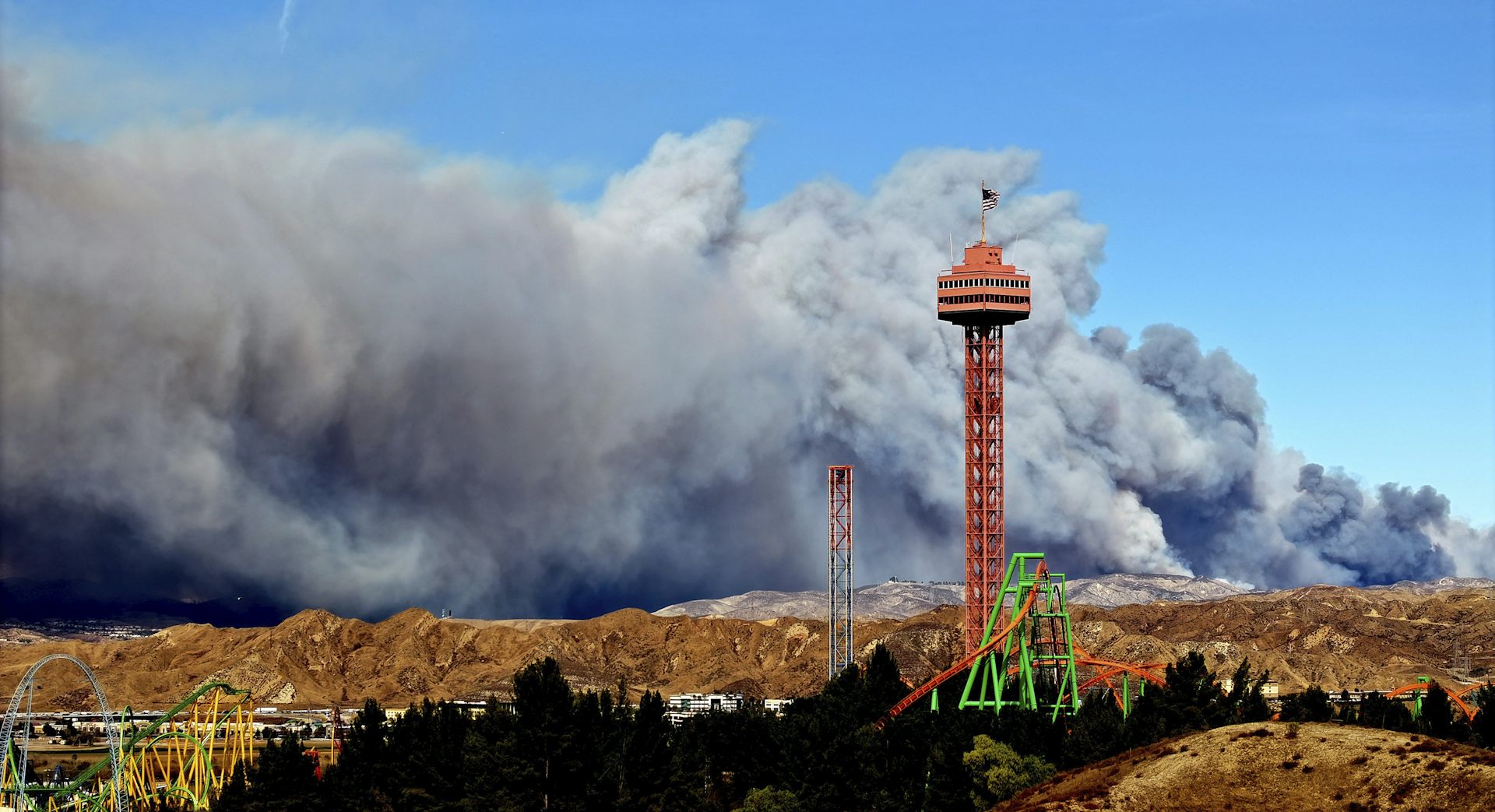
In recent years, the proliferation of conspiracy theories amid escalating climate disasters and their aftermath has become an alarming trend.
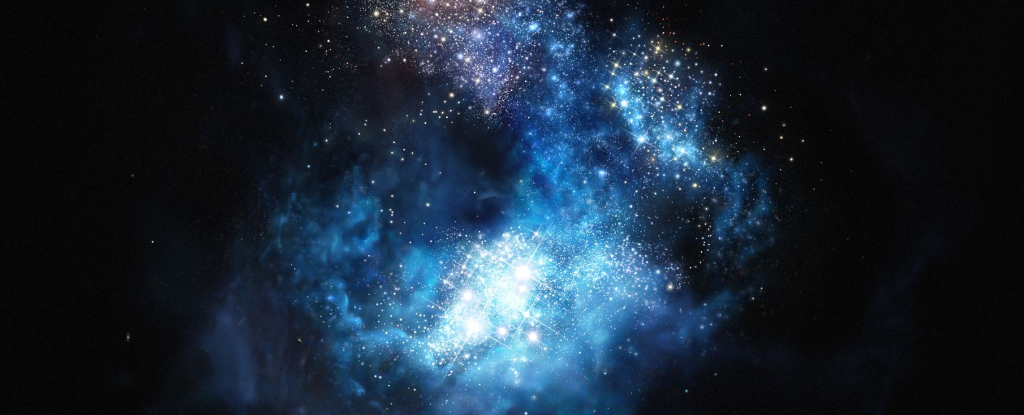
A new study argues that Pop III stars flooded the cosmos with water. Based on this, by 100 to 200 million years after the Big Bang, there could have been enough water and other elements in molecular clouds for life to form.

The computer science behind translating speech from 100 source languages.